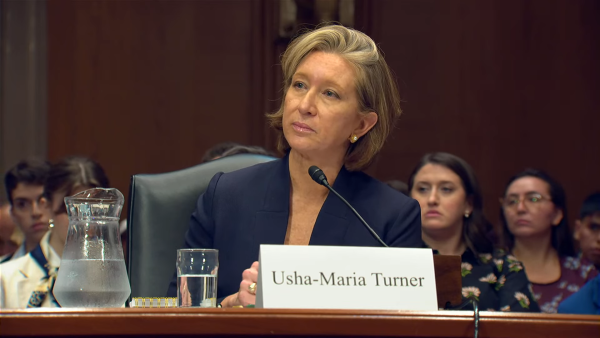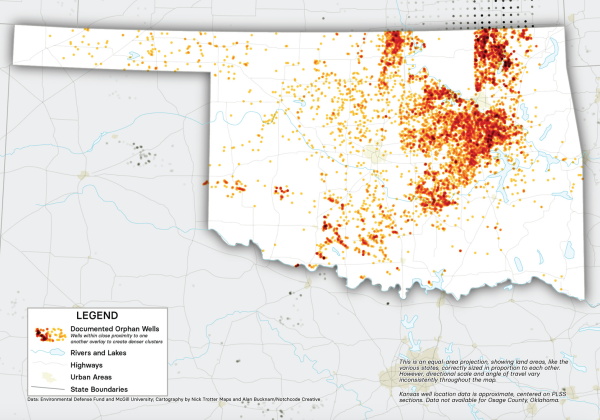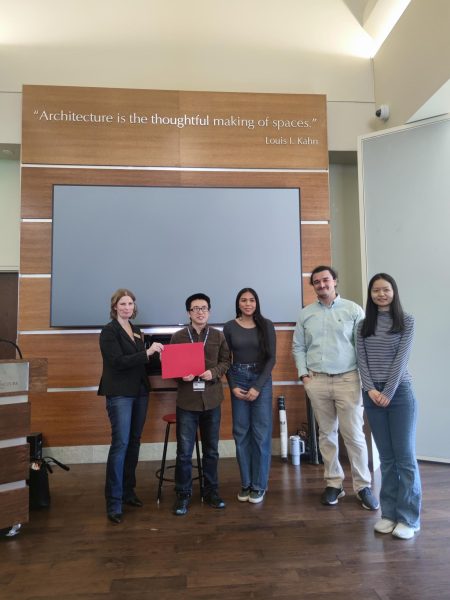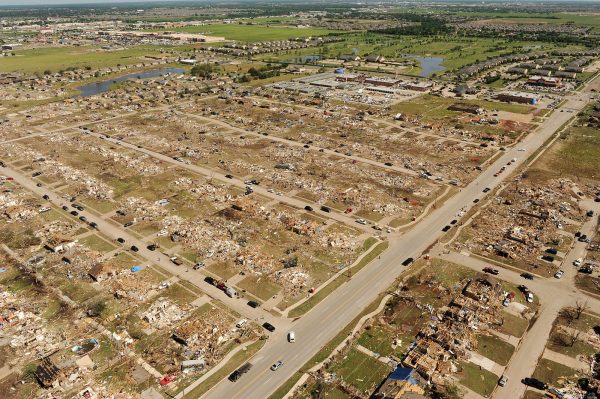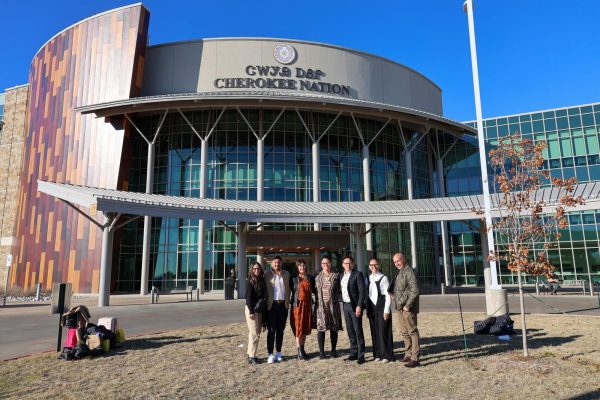Quapaw Tribe awaits action on bill to settle environmental damages
Mining debris is all that remains more than a decade after Picher, Oklahoma, was declared unlivable and evacuated by the U.S. EPA. (Oklahoma Department of Environmental Quality)
WASHINGTON — Members of the Quapaw Tribe of Oklahoma are awaiting action on legislation that would authorize $137.5 million in payments to conclude a 17-year dispute over the federal government’s mismanagement of tribal assets.
All 5,290 citizens of the tribe could potentially receive a lump sum payment of $25,990 each as settlement for damage done to Quapaw lands from lead and zinc mining that started in the late 1800s.
“We’ve been in contact with individuals in the Department of Justice and Department of Interior, even they have expressed the desire to pursue this route,” Quapaw Secretary-Treasurer Guy Barker said. “Our delegates in Congress, both Senate and House, echo that sentiment. Hopefully, that will expedite the entire process.”
H.R. 4715, known as the “Bear Settlement” among the Quapaw (O–Gah–Pah) people, was sponsored by U.S. Rep. Markwayne Mullin (R-Westville) and filed on July 27.
The bill recommended awarding $137.5 million to the tribe for damage done to Tar Creek, an area comprising 40 square miles of northeast Oklahoma including Picher, Cardin, Hockerville, Quapaw, North Miami, and Commerce.
“Tribes know best what their people need and Native Americans have always been good stewards of our natural resources and land,” Mullin said.
Barker said disbursing the funds will depend on Congress. The bill is being heard by the U.S. House of Representatives Natural Resources Committee and must be passed by that committee and the House before it is heard on the Senate floor.
If it passes the Senate, Barker said, the U.S. Treasury Department will need to allocate the funds to the Department of Interior, then disburse funds to Quapaw citizens.
Barker expressed hope the money will be distributed to citizens within two years, but said that decision will be up to Congress.
Quapaw Chairman Joseph Byrd said his inspiration to continue the long legal battle comes from his people.
“It is something that has been able to unify the tribe, making sure that we get this money and bring it home to Quapaw,” Byrd said.
Byrd said something that often goes undiscussed is the loss of human life from that time period.
Quapaw ceremonial grounds and family cemeteries are where he sees how far back the health impacts go.
“You notice that a lot of those individuals didn’t live a very long life during that time, and it’s something that’s continued into the present day. It’s something that is a reminder every time we go back home,” Byrd said.
The tribe initially sued for an accounting of the U.S. Government’s mismanagement of tribal and tribal member trust assets in 2002. By November 2004, there was an attempt to facilitate mediation in the case.
“The government stepped in, exploited the ownership of that land and then left this apocalyptic landscape for them to farm, which they cannot,” Barker said. “This is the generational wealth they’re left with.”
In the only settlement of its kind, the tribe was awarded a federal contract, given access to federal documents and allowed to prepare its own analysis of the federal management of its trust assets.
In exchange for this mediated solution, the tribe would drop the lawsuit.
In 2010 and 2011, the tribe tried multiple times to resolve its claims. The Justice Department advised the tribe to sue, and nine Quapaw citizens filed a lawsuit on behalf of themselves and other individuals for damages based on the breach of trust assets.
By October 2016, the parties had reached a settlement in principle, which is essentially a stepping stone to an agreement. Settlement negotiations dragged on for another three years before a second settlement in principle was reached in September 2019.
The Quapaw Tribe is headquartered in Ottawa County following its forced relocation to northeast Oklahoma in 1834.
In the late 1800s, the biggest source of lead and zinc on earth was discovered on Quapaw lands in Tar Creek and Picher. There was a rush to mine and lease the lands. Towns developed around the mining industry.
Nearly half of all lead and zinc used in World War I was produced in the area. Between 1908 and 1950, $1 billion dollars worth of lead and zinc was mined at the site.
After World War II, mining ceased and people moved out of the area, leaving long-term health impacts for those still living there.
In 2015, the Environmental Protection Agency concluded that blood lead levels of Ottawa County children had decreased from 35% to 3.7% above the new CDC blood lead reference level.
Barker said more than 300 million tons of material contaminated with lead, zinc and cadmium remain on the surface of the minefield.
The process to clean up the area has been slow, but Byrd says the story of Tar Creek — and the environmental reparations the tribe seeks — has been 200 years in the making.
“When I was first elected to Congress, I was one of two Native Americans in the House,” Mullin said. “Now, there are four members currently serving in the House. Nobody can share our story like we can and I am hopeful this increased representation will help others learn about the issues important to Indian Country.”
Nancy Marie Spears, a Gaylord News reporter based in Washington, is an enrolled member of the Cherokee Nation of Oklahoma. Gaylord News is a reporting project of the University of Oklahoma Gaylord College of Journalism and Mass Communication. For more stories from Gaylord News visit GaylordNews.net.



